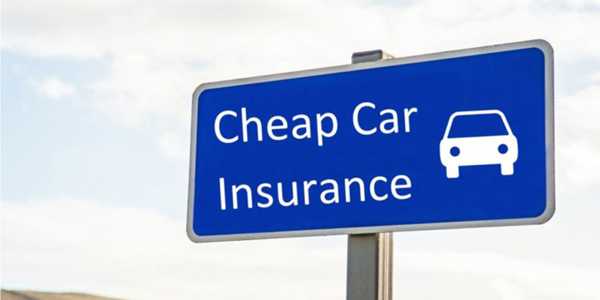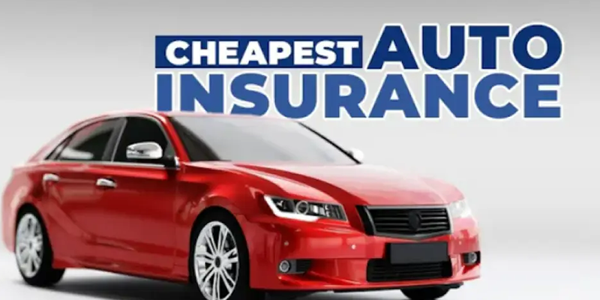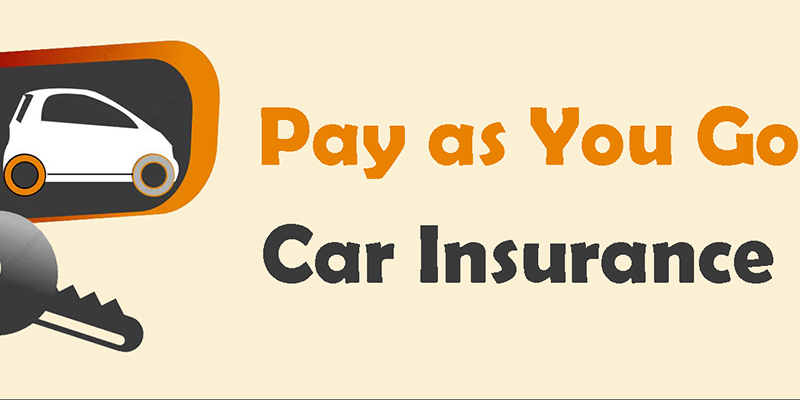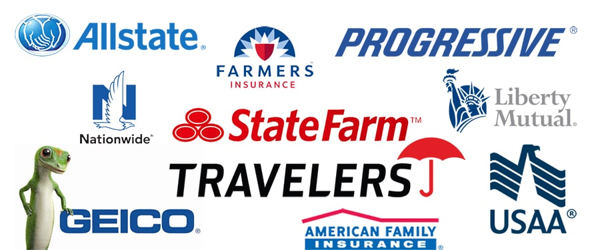What Is The Average Cost Of Car Insurance In 2025?
In today’s society, car insurance is not merely a legal obligation; it serves as a foundational element of financial security for millions. It acts as a buffer against unforeseen accidents and damages, providing drivers peace of mind amidst uncertainty. This article will explore anticipated costs, offering data-driven insights and practical strategies to navigate the evolving landscape of car insurance efficiently.
Average Car Insurance Rates By State
Car insurance rates across the United States exhibit significant variations, shaped by factors such as population density, urban versus rural environments, and climatic conditions. As an illustration, states like Michigan report the highest insurance rates, often exceeding $2,500 annually, due to unique no-fault insurance laws and densely populated cities such as Detroit. Conversely, states like Maine enjoy some of the lowest premiums, averaging around $900, mainly due to their rural nature and lower population density.

Urban areas typically face heightened rates due to an increased risk of accidents and theft. For example, California's bustling cities yield an average premium of approximately $1,500, whereas rural Midwest regions often present rates closer to $1,200. Furthermore, climatic factors can drastically influence insurance costs; states vulnerable to severe weather conditions, such as Florida—known for its hurricanes—often experience elevated insurance rates.
These regional disparities highlight the significant impact of diverse demographic and environmental factors on car insurance pricing, which varies directly based on a driver's geographical location. Recognizing these differences can empower consumers in their search for car insurance, allowing them to select optimal coverage at fair prices.
How Does Car Insurance Cost Vary By Age?
Car insurance costs fluctuate greatly depending on a driver's age, with three key demographics revealing significant differences. Young drivers, particularly those aged 16 to 24, consistently face the highest premiums due to their inexperience, with average annual premiums exceeding $3,000. In contrast, middle-aged drivers, typically between 30 and 55 years old, enjoy more favourable rates, averaging around $1,200 per year, as they are perceived as more responsible and experienced behind the wheel.
However, insurance costs tend to rise again for seniors, generally defined as individuals aged 65 and older, averaging around $1,800 annually. This rise can be attributed to factors such as decreased reflexes and increased claim frequency associated with this demographic. These trends underscore the significant impact of age-related risk factors on car insurance premiums.
Impact On Premiums Of Adding A Teen To A Parent's Policy
Incorporating a teenage driver into a parent's car insurance policy can substantially raise premium costs. On average, including a teen driver will increase annual premiums by approximately 60% to 80%, depending on variables such as location, the driver's record, and the specific vehicle. For instance, a policy that costs around $1,200 annually could increase to $2,000 or more with the addition of a teenage driver.
To alleviate these rising costs, parents can explore options like discounts for good students who maintain high GPAs or enrolling their teens in defensive driving courses. Adjusting coverage levels, increasing deductibles, or considering a usage-based insurance model can also be effective in managing expenses. Nevertheless, it is crucial to find a balance between these cost-effective strategies and ensuring sufficient coverage for young drivers to maintain their safety on the road.
Comparative Overview Of Auto Insurance Rates By Company
When evaluating auto insurance rates, substantial differences among providers can become apparent. For example, Geico frequently offers the lowest average rate at approximately $1,200 annually, whereas State Farm averages around $1,400. Progressive, recognized for its competitive pricing, maintains average rates of around $1,300. USAA, exclusively available to military personnel and their families, provides rates as low as $1,000, illustrating its premium value.
Conclusively, obtaining quotes from various companies proves essential in hunting for the best deal. A single driver's profile could result in estimates ranging from $1,000 to $2,000, depending on the insurance provider. By exploring various options, consumers can uncover significant savings, potentially reducing their premiums by hundreds of dollars in total. This endeavour not only enhances awareness of market rates but also empowers buyers to negotiate favourable, favourable terms that meet their requirements.

How does Fuel Type influence insurance Premiums?
When selecting a vehicle, the type of fuel it utilizes can significantly impact insurance premiums. Generally speaking, electric cars have lower insurance rates compared to their gasoline-powered counterparts. For instance, the average annual premium for gasoline vehicles remains around $1,500, while electric cars may average closer to $1,300. This discrepancy can be attributed to factors such as repair costs and safety ratings. The rising popularity of electric vehicles is not only shaping consumer choices but also encouraging insurance companies to adapt their policies to accommodate eco-friendly models, thereby appealing to buyers who are keen on saving money on insurance costs.
The Role Of Usage In Average Auto Insurance Costs
The cost of car insurance can vary significantly based on how often and for what purposes a vehicle is used. On average, policies for those who primarily use their cars for commuting may span between $1,200 and $1,500 per year. Conversely, individuals who drive predominantly for leisure purposes could expect to pay about $1,000 to $1,200 per year. Low-mileage drivers often qualify for discounts, which can help reduce premiums by approximately 10% to 15%. Understanding these distinctions is crucial for consumers to choose insurance that aligns with their driving habits, thereby enabling them to save on their insurance costs.
The Ongoing Rise In Car Insurance Premiums
Recent years have seen a notable upward trend in car insurance rates, driven by several prevailing factors. Escalation in repair costs—mainly due to complexities surrounding modern vehicle technology and supply chain disruptions—has driven premiums higher. Furthermore, an increase in accident severity and frequency has compelled insurers to adjust rates accordingly. Broader economic conditions, including inflation and rising healthcare costs, also significantly contribute to this uptick. For consumers, remaining attuned to these prevailing trends is crucial in managing expenses and making educated choices regarding their insurance coverage.
Practical Strategies For Saving On Car Insurance
Saving on car insurance is within reach and achievable through several strategic methods. Firstly, consider policy bundling—numerous insurance providers offer discounts for clients who purchase multiple coverages, such as home and auto insurance from the same insurer. Secondly, maintaining a solid credit score can be beneficial, as many insurers use credit scores to assess risk. Regularly check your credit report and improve your score by making timely bill payments and managing your debt effectively.
Lastly, increasing deductibles can effectively reduce your monthly premiums. While this approach entails higher out-of-pocket costs during a claim, it can yield overall savings if you sustain a safe driving record. By employing these strategies, you can manage your insurance expenses wisely while realizing significant savings on your premiums.
Conclusion
In summary, understanding car insurance costs is vitally essential for effective financial management. By actively comparing rates and being informed about the various factors that influence premiums, consumers can significantly reduce their insurance expenses. It is essential to remain proactive in exploring options to ensure you secure the best possible insurance deal.





